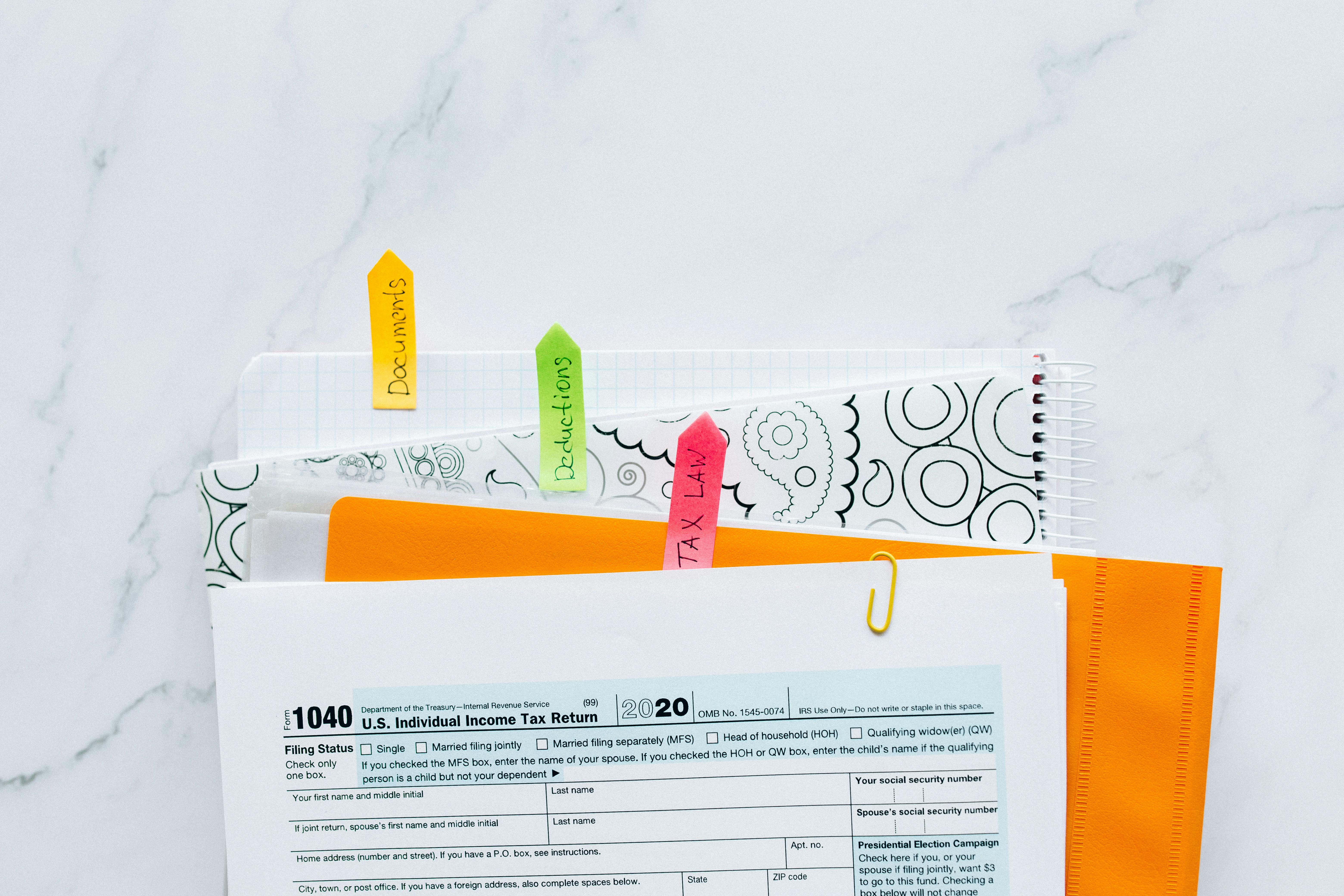Communications to members or customers are considered by many outside observers to be marketing. Although in a broad sense it is, it is also much more. It is mass communication to a large group of followers of your organization with a personalized and specific message for each individual. Properly executed, a communication message is a prescriptive formula designed to engage with those who love you most with the opportunity to increase their love by giving them what they most want from you.
prescriptive parts
A message has an ebb and flow. You can certainly organize a message any way you choose, since there is technically no wrong answer. There are, however, those messages that are more successful than others. The goal of the message is to get the customer or member to take action. That is: buy, subscribe, register, call or renew. And, to do that, there is a time-tested design. It is formulaic. Definitive. Mandatory. The anatomy of the message is similar to a sandwich with the main message body sandwiched between two action links. The title, then in an open tone, precedes the sandwich and is completed by a greeting:
TITLEopening release
action link
Description (main body of the message)
action link
Closure
Title. The title is more of a headline or slogan than the title of a book or manuscript. As it is the essence of the message, it must be poured, forged into words, refined and distilled. Like a title, this phrase can be centered on the page. Consider making it uppercase or all caps. It can also be bold, italic, use a colored font, or use a larger font than the rest of the message. Don’t be fancy, but make it stand out.
opening release. The first one or two first sentences should be clear and concise. It is designed to give the facts for quick reading. Think of this as the Executive Summary CliffsNotes with a call to action and just enough details to get the recipient who was expecting the message, participated in the past, or is a dedicated super fan, into the action phase.
action link. Appearing twice in the message, it can be identical each time, but it can also differ subtly. The action link is a link to the landing page of your website. It’s right after the opening roll, for those who are already all-in at that point; and, again at the end, for those who needed to know more before taking the plunge. The action link is literally a link; therefore, it should look like a web link in blue font and underline or a similar look that is trendy. Example: Register now to attend. Prayed, DonateToday. Prayed, Call your legislators to stop this usurpation of your business.
Closure. Similar to a professional letter, the final award is a signature. You can include a motivational statement such as “This is your professional association” or “Customers, like you, are the reason we do what we do. Thank you.” The message is usually concluded with a signature block from the chairman of the board, the president, or simply the name or logo of the organization.
landing page
The goal of the message is not necessarily to complete the sale; but, similar to fishing, to catch them on the hook. The message does not need to say everything or provide all the details. Don’t oversell. That is why there is a landing page.
Once the receiver clicks on the action link, they should land on a dedicated web page that provides more information on schedules, speakers, prices, photos, videos, specifications, testimonials, etc. and gives them what they need to complete the process. Like the message itself, the landing page should be set up as a sandwich with additional action links at the top and bottom of the landing page to take the recipient to the signup, order, donation tools, or form page. contact. Between the action links are additional specific details that you feel need to be conveyed.
Don’t include everything under the sun on the landing page. Instead, build the site to include those details on separate pages with navigation tabs, buttons, links, or menus used to make the recipient want to know more about those pages.
call to action
Marketing re-enters the communications equation with the call to action. The secret is that it never left. The whole purpose of the message, its very essence, was to get the recipient to act. The call to action, therefore, must be a clear herald. There should be no question in the reader’s mind about what you want them to do. Similarly, there must be an opportunity for this particular message to be called. Even if you plan to send three similar messages over the next 60 days, each one should have a different call. The first might be: “Sign up today for $72 early bird discount.” The middle message: “Space is limited. Confirm your spot now.” And finally, “Last chance. The deadline is today.”
Occasionally a message is truly ‘information only’ with no request from the receiver other than to read the message to be informed. This is incredibly rare. Even with a scientific article, new best practices, or obituary announcement, we still ask the recipient to take steps to study the article, invest in the practices, or remember the passing by donating or attending a ceremony. .
A formulated approach to your messages not only increases sales and activity, it also simplifies your communications plan and minimizes the time it takes to perform these essential functions. Most importantly, it breaks the process into organized and digestible parts. These pieces (creating the message, designing the landing page, preparing supporting graphics or videos or web pages, and writing the copy) can be spread out among the staff team, or you can tackle them one at a time long before Delivery. day. This organized approach makes your team more efficient while smoothing out panic moments into a seamless workflow. Communication is both science and art. Make it part of your success formula.
If you found this article helpful and insightful, you may also appreciate the other three articles in this four-part series on communications: Break the noise with your communication, The Goldilocks Zone of CommunicationY Do It Your Way: Connecting with Customers and Members.




